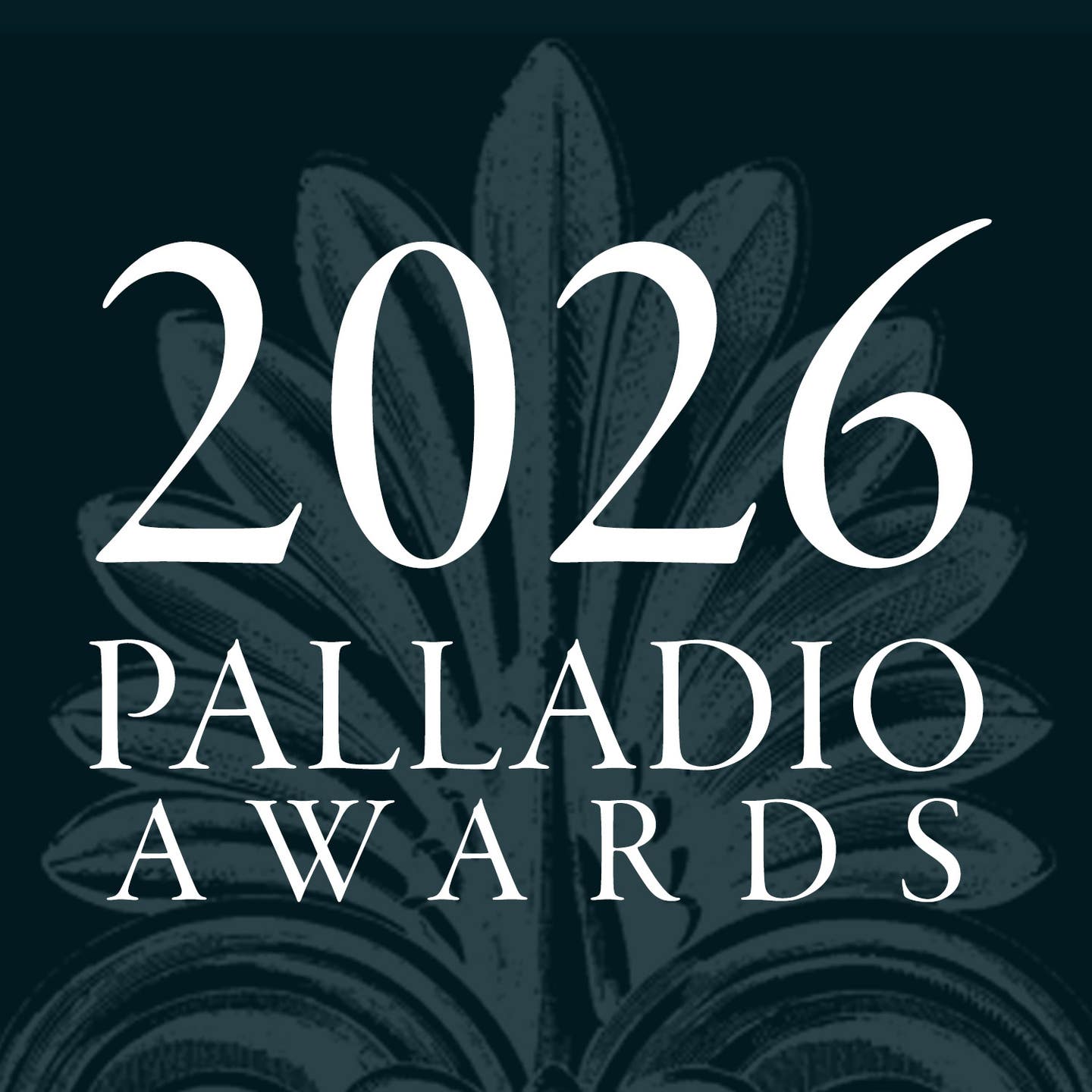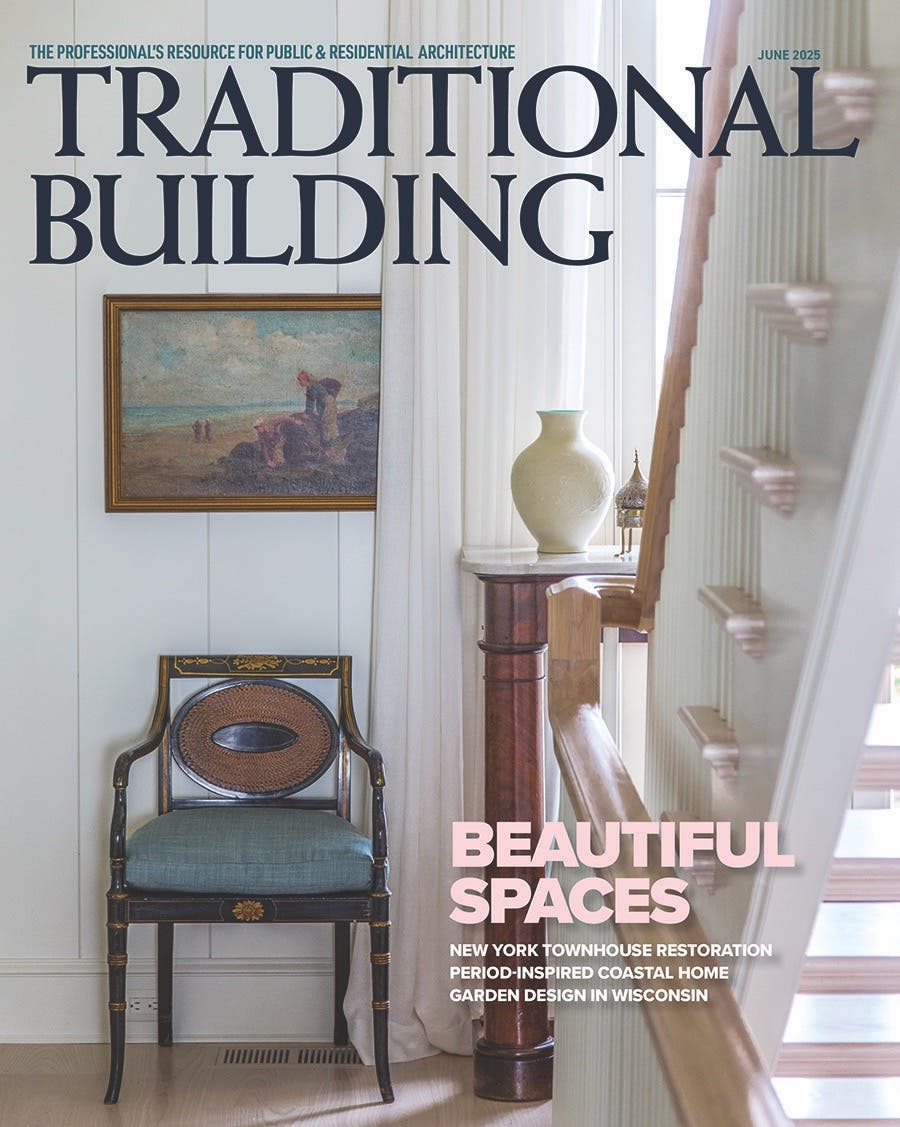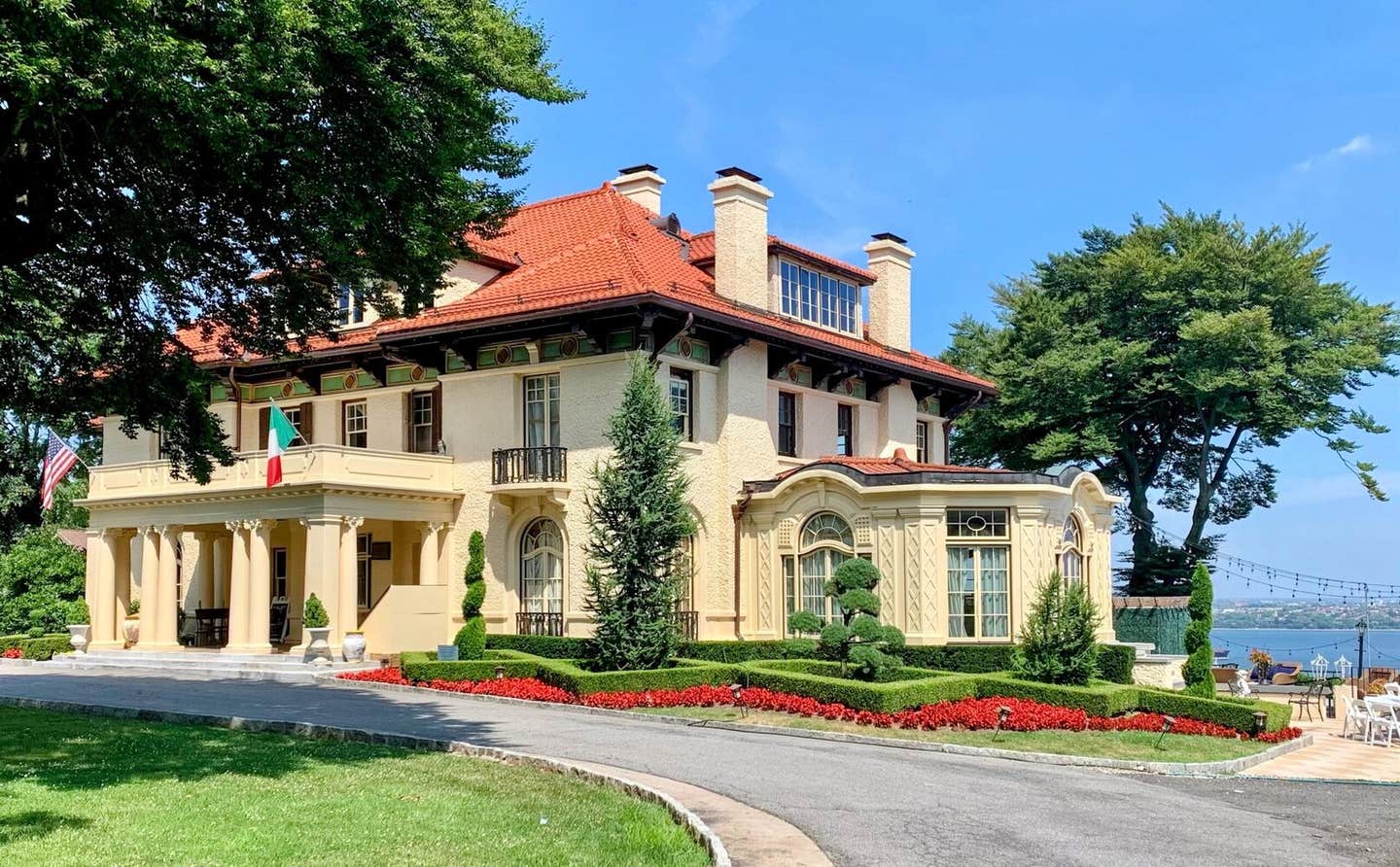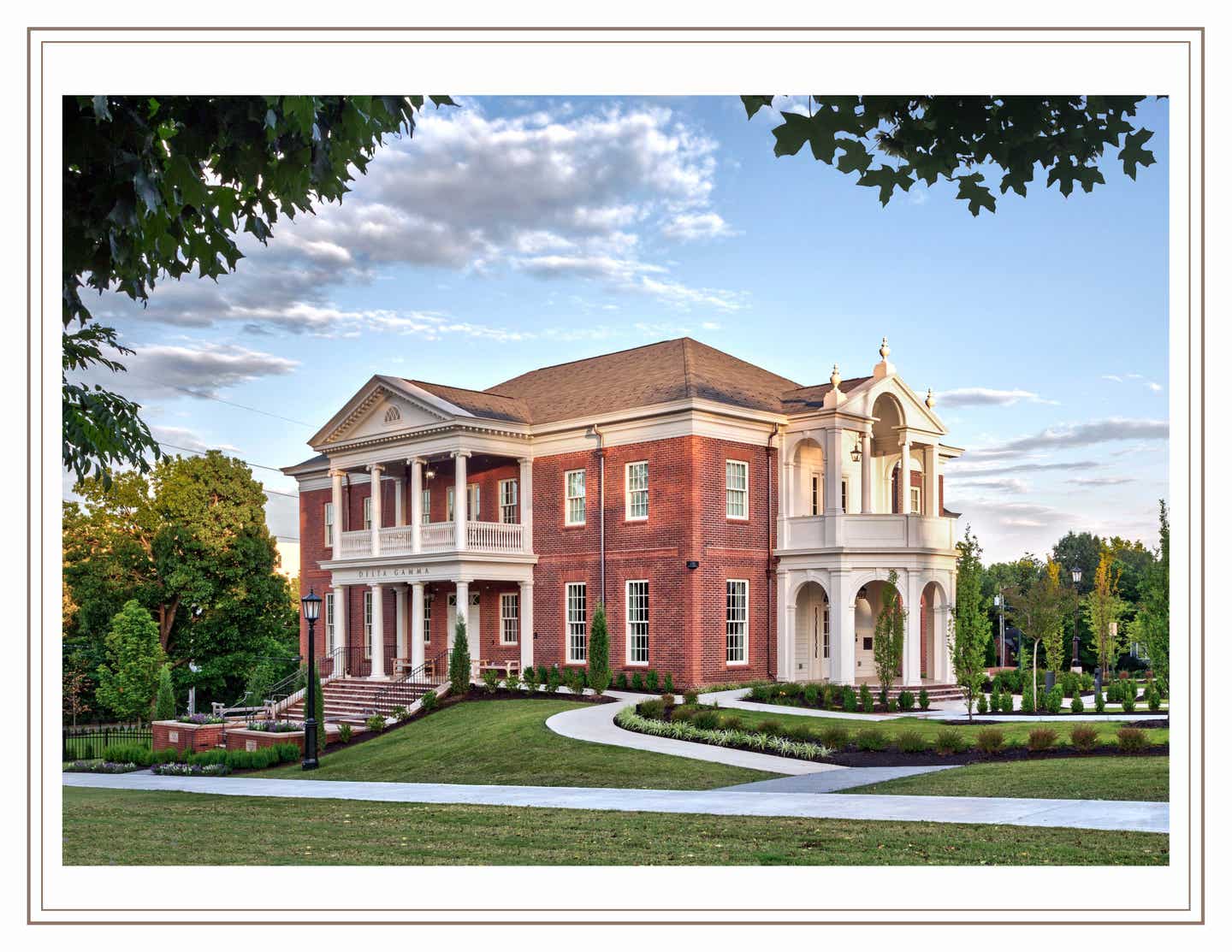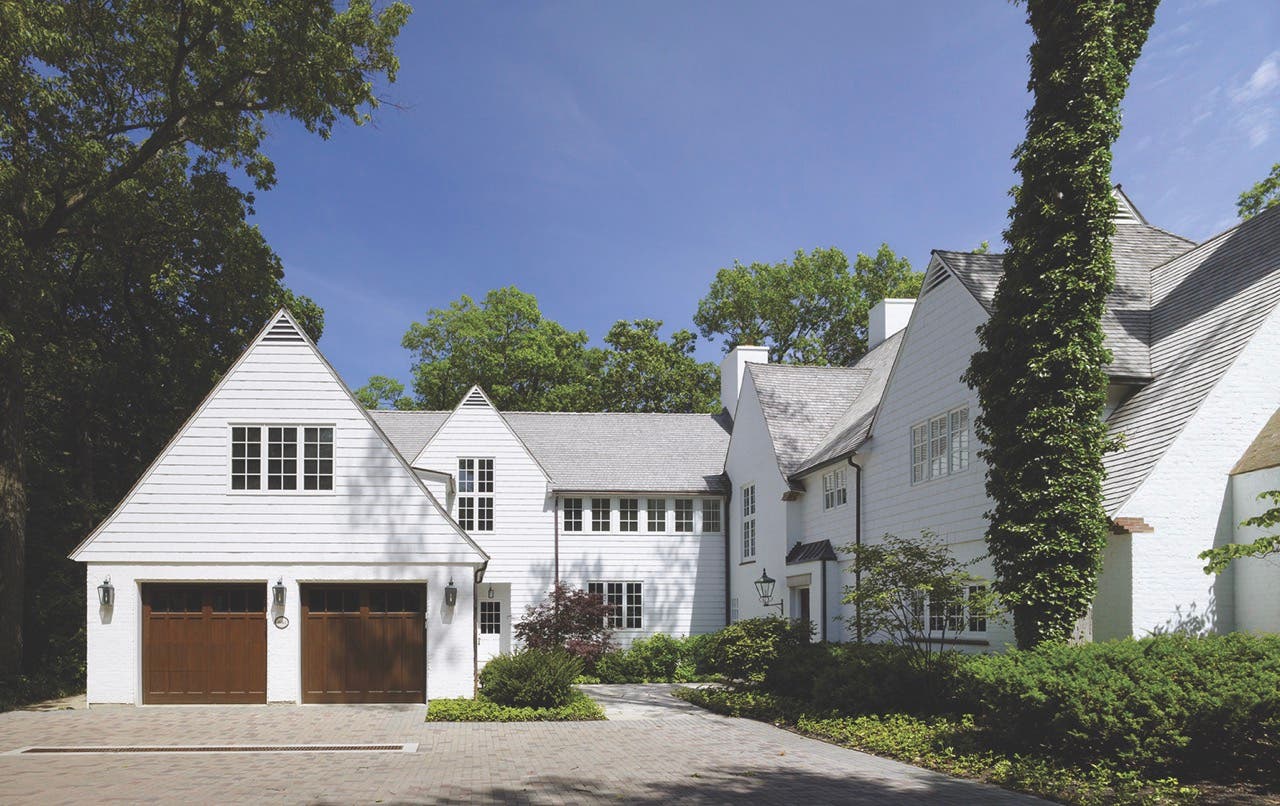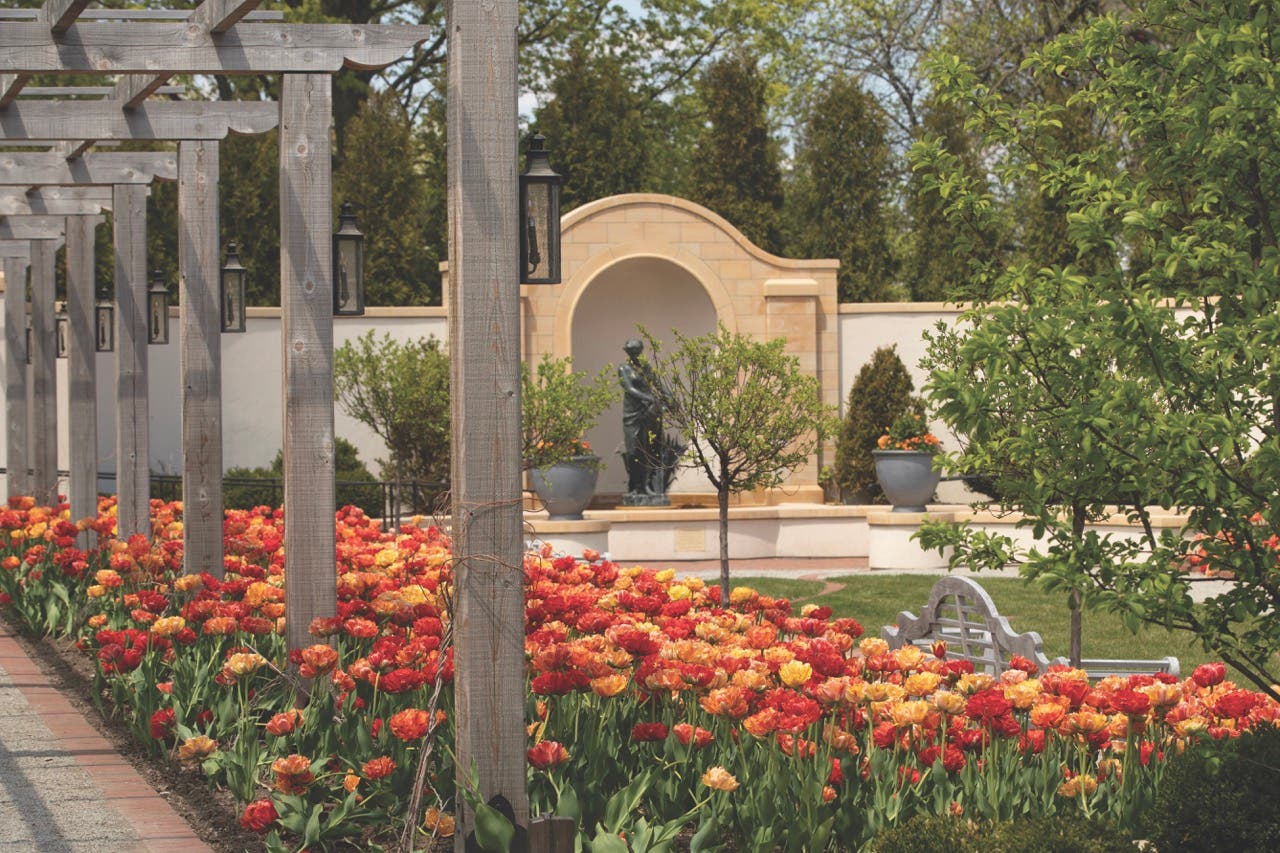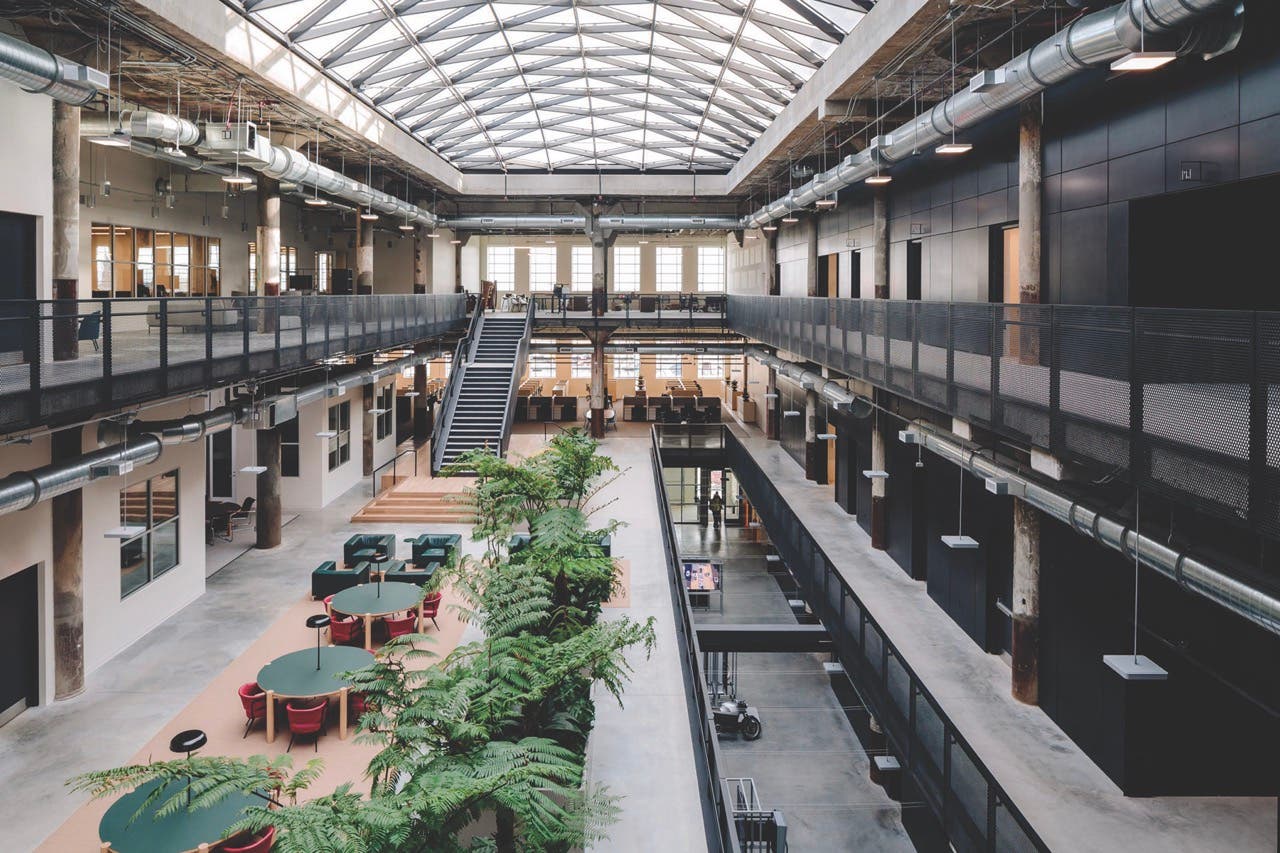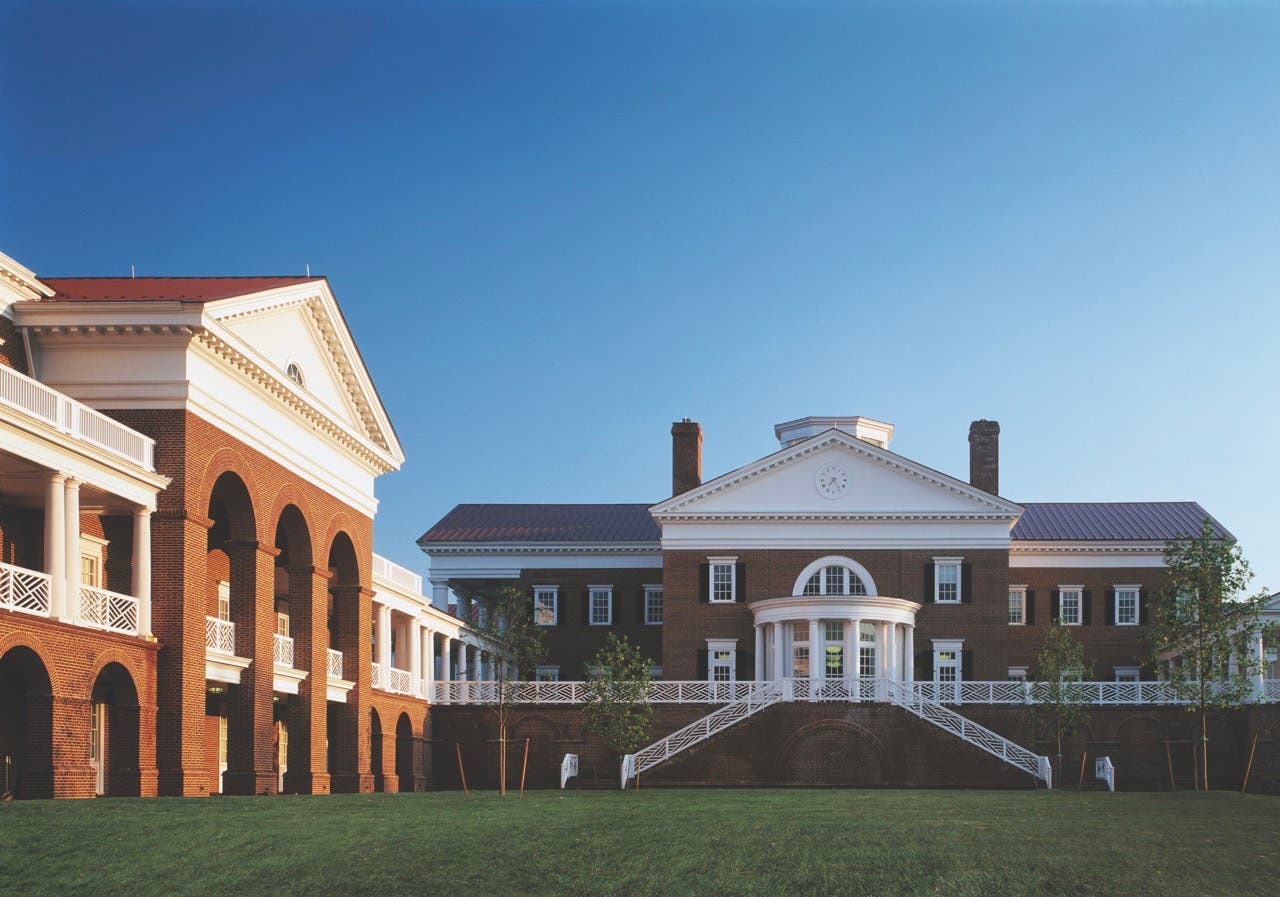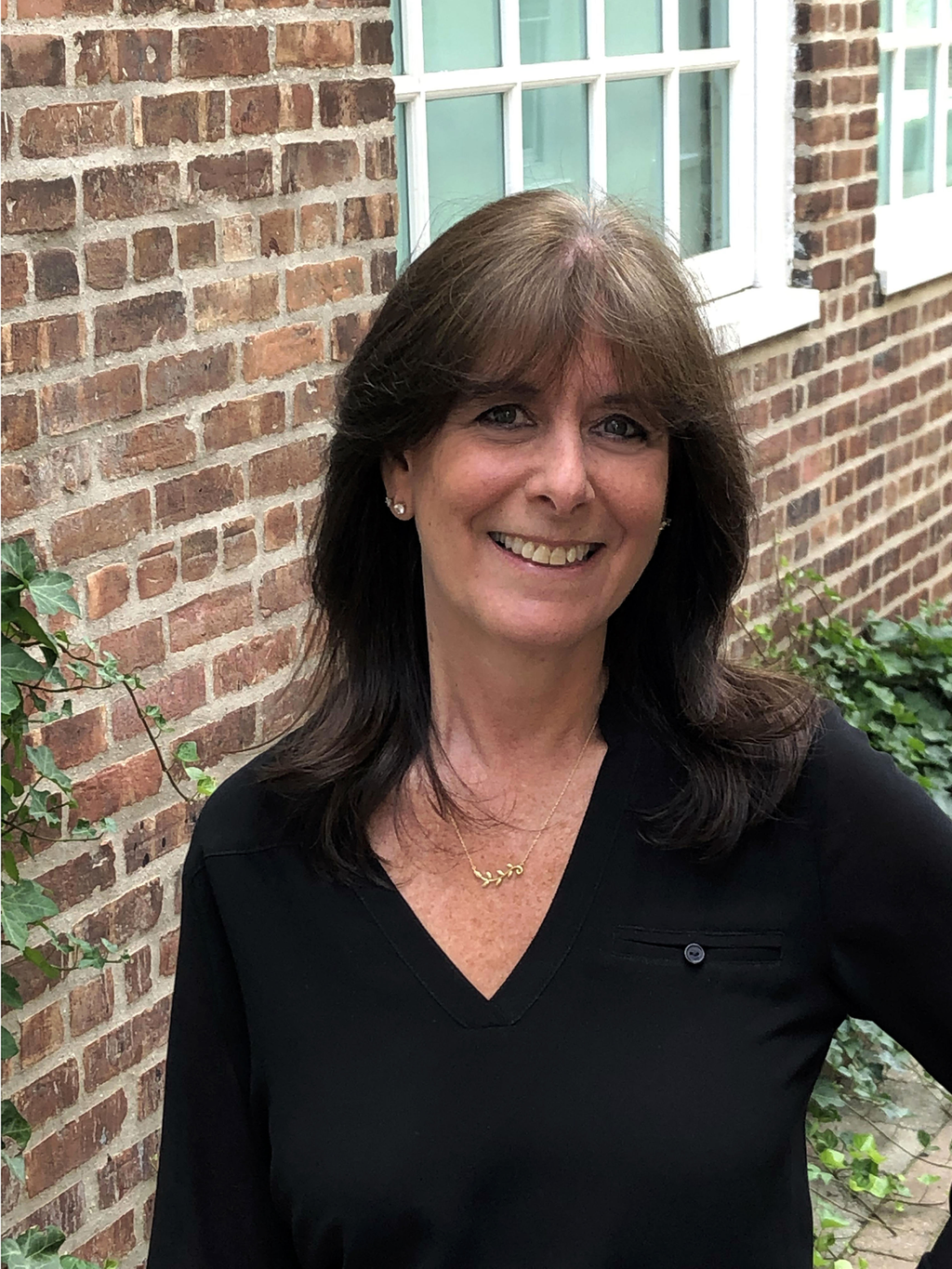
Features
The 25 – Jill H. Gotthelf — 2022 Clem Labine Award Recipient
A passionate pioneer of sustainable preservation, architect Jill H. Gotthelf, principal of WSA|ModernRuins®, has championed continuing cross-collaboration between preservation professionals and green building advocates throughout her 30-year career.
As a founding member of the Association for Preservation Technology International (APTI), Technical Committee on Sustainable Preservation (TCSP), and later chair, she tirelessly championed for a sustainable preservation movement, opening discourse and challenging preservation professionals and green building advocates to reach across the divide, collaborate, and embrace naturally symbiotic—although often unrecognized—goals, thereby developing a more holistic and rich understanding of sustainability.
She has worked on every type of traditional building from lighthouses to museums and barns to skyscrapers, and with a variety of clients ranging from the Lightship Ambrose docked at the South Street Seaport in New York City and Block Island’s North and Southeast Lighthouses to the Philbrook Art Museum and the Muscogee Creek Council House in Oklahoma.
She takes a holistic view of sustainability, pushing beyond the limits of the traditional definition to establish a balance between economic, environmental, social and cultural equity, authenticity, and education.
Through projects, workshops, and publications, she has shared her deep knowledge with her peers, students, and the public, stimulating conversation and soliciting activism toward the myriad challenges facing heritage conservation and sustainability.
Most recently, she has focused on the role of heritage conservation in resiliency planning and in achieving carbon reduction goals and has advocated for placing a preservation professional who understands historic materials and technology on national, state, and local sustainability and resiliency planning boards and committees to help develop appropriate policy for the nation’s historic resources.
And she’s worked with a variety of local, state, and international committees, including the International Council on Monuments and Sites, national and local chapters of the American Institute of Architects, and the Zero Net Carbon Collaboration for Existing and Historic Building.
“Early in my career as an architect, I was drawn to what I saw as the core values and opportunities offered through historic preservation—cultural and environmental stewardship, community-driven development, placemaking, economic growth and job creation, appreciation and coalescence of craftsmanship and technology, and cross-cultural education and engagement,” she says. “For me, historic preservation has always been more than the protection of buildings. It’s about the people, the rich and varied stories hidden in the walls, and about the cultures and communities that define places.”
A prime example is the 20-year restoration of the Eldridge Street Synagogue, a National Historic Landmark in New York City’s Chinatown.
“The most impactful and meaningful moment was the day the doors reopened and the building filled with people,” she says of the project that has won 13 awards. “This magnificent site built by the lofty goals and aspirations of an immigrant community—a place of beauty, refuge, and introspection—was once again alive and reintegrated into the community to tell the story not just of those who built it but also the parallel stories of immigrant communities that followed.”
Whether it’s getting preservationists and green advocates to work together or preserving a building, Gotthelf views obstacles as catalysts for creative solutions.
“I see conflict—divergent positions—as an opportunity to stimulate innovation and creativity,” she says. “When channeled effectively, conflict offers an opportunity to develop deep and meaningful solutions that might not otherwise have been imagined. This, to me, is key to the future of historic preservation as we seek to ensure that preservation is people-driven, equitable, and tells all stories.”

